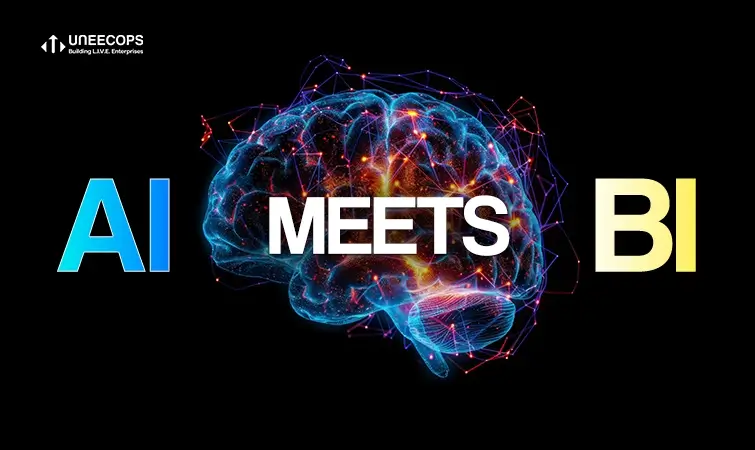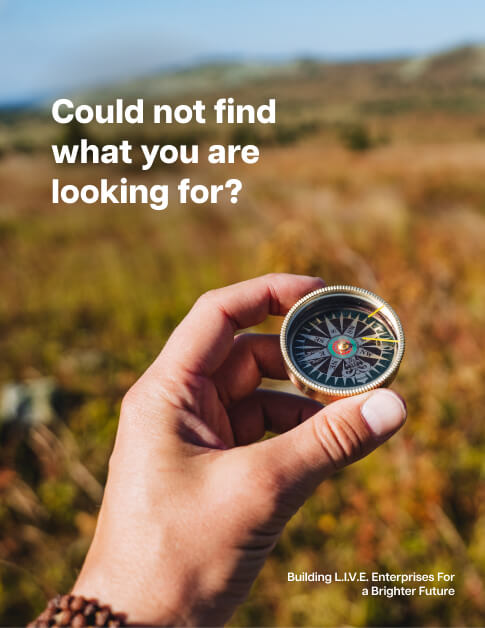Considering a move from traditional to modern BI, but find yourself in a complex muddle? You might know where to start or have read numerous myths that it’s not worthy, expensive, or time-consuming. In reality, modern BI software such as Tableau has opened a gateway for users to explore unknown unknowns— to arrive at impactful insights in real-time. Today’s self-service BI not only helps business users to glean meaningful insights but also empowers them to explore their data and share their discoveries with visualization.
In spite of the promises of modern BI, some organizations are not ready to make a move. This blog aims to dispel the myths faster and makes your journey as smooth as possible.
Myth #1
Traditional BI has visual analysis and data exploration capabilities
Many traditional BI tools have antiquated processes that require human intervention to create visualizations. This obstructs the insight end-users can glean as a viewer. What happens when they have to adjust something or add/delete something? Do they have to rely again on the IT team or wait?
Modern BI solutions render immediate and limitless self-service data exploration capabilities. You need not have to rely on the IT team to glean meaningful insights nor you are dependent on the deep technical expertise. You can ask any question at just about anytime. Modern BI has AI-driven features that help you to look at the corner of that dark room that you’ve never seen before.
Myth #2
Modern BI is akin to traditional BI platforms
Embracing a modern BI platform means going ahead of the past. Traditional BI by no means can be evaluated like modern BI. Let’s take an example: An airplane and a car each can help you arrive at the desired destination, but the experiences and processes will differ. The way you arrive at the insights differ largely in both the BI platforms. Before you invest in a modern BI tool, here are some important buying considerations.
- What is the role of IT in the process of gaining insights from the data?
- Does it scale up and out easily, when needed?
- Is it user-friendly? Is it easy for users to search and find answers to deep questions?
- What are the available training by a vendor?
- How is the vendor’s reputation for remediating technical issues?
- Are the available licensing options clear and transparent?
Myth # 3
Moving to Modern BI isn’t justifiable
You’ve invested your time and money so, it’s natural to feel anxiety at the same time.
There is immense value in how a modern business analytics tool can transform your business. With careful consideration and planning, you will start seeing results faster. As you start surfacing new insights, you can make actionable decisions faster. Uneecops as your partner of choice can help you realize the quantifiable results of moving to Tableau faster. The team will provide a demo that will help you gauge the real benefits of investing in this smart and next-gen BI platform.
Myth # 4
Transition to modern BI is too complicated
It’s a legitimate concern to come across. Often, it becomes difficult to anticipate speedbumps, roadblocks or dead-ends. Additionally, it is not viable also to dedicate your internal resources away from their strategic tasks for long. If you can relate to this situation, there’s good news. You don’t have to do it alone. Uneecops as your Tableau partner has the right expertise and industry-wide experience to help you navigate the transition.
Moving forward confidently from legacy to modern BI starts with partnering with the best. Our 50+ data scientists dispel common myths and misconceptions about moving from traditional to modern BI. As a leading partner of Tableau, Uneecops can help you deploy Tableau software faster so that you can move from the mold of a traditional, IT-run BI platform.







